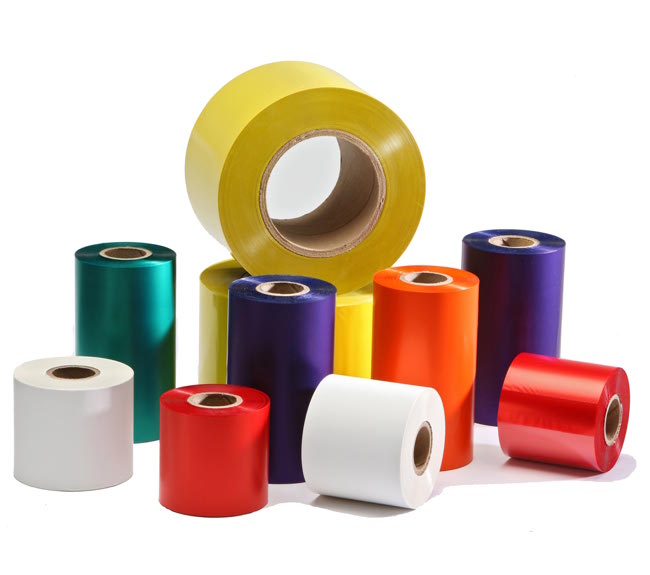Blog
Barcode Label Printer: Your Complete Guide for Efficient and Accurate Labeling
A barcode label printer stands as an essential device within logistics, retail operations, warehousing functions, and product management systems. Barcode label printers optimize inventory tracking processes while guaranteeing precise labeling and boosting operational productivity. For distributors aiming to expand their operations and procurement professionals who need reliable equipment it is crucial to understand both the operation of barcode printers and the criteria for selecting the best model.
This complete guide provides essential information about barcode label printers through details of types, features, applications, and purchasing advice specifically designed for users who buy in large quantities.
What Is a Barcode Label Printer?
Barcode label printers are specialized devices that generate barcode labels specifically for products, packages and shelves. The labels created by barcode printers function to scan and monitor products throughout the supply chain.
Common Uses
- Product labeling
- Asset tracking
- Shipping and logistics
- Inventory control
- Healthcare and pharmaceuticals
- Retail and warehouse shelf labeling
Types of Barcode Label Printers
1. Thermal Transfer Printers
These printers employ a heated ribbon mechanism for producing sturdy images on multiple surfaces. Ideal for long-term use and high-temperature environments.
2. Direct Thermal Printers
Direct thermal printers enable printing on heat-sensitive paper without requiring ink or ribbon. Direct Thermal Printers are the top choice for temporary labels such as shipping labels.
3. Desktop Barcode Printers
Compact, suitable for small to medium-volume printing. Ideal for retail or small warehouse environments.
4. Industrial Barcode Printers
Heavy-duty and built for high-volume printing. Manufacturing plants and distribution centers frequently operate with industrial barcode printers.
5. Mobile Barcode Printers
Mobile printers serve field operations as well as logistics and warehouse tasks because they provide essential mobility and adaptability.
Key Features to Consider
1. Print Resolution
The clarity of your barcodes improves with higher DPI measurements which is essential for small labels and complex barcode types.
2. Print Speed
Faster printers improve operational efficiency. Print speed depends on both the printer model and the operational conditions.
3. Connectivity Options
The printer features USB, Ethernet, Wi-Fi, and Bluetooth connections which enable seamless integration with existing systems and mobile operations.
4. Label Compatibility
Review printer support for different label widths along with label types and roll sizes. The printer must be able to work with your present or planned label application process.
5. Durability and Build
Industrial printers need to be dustproof and waterproof while constructed from top-quality materials.
Benefits for Distributors and Procurement Managers
- Improved Inventory Accuracy
- Reduced Human Error
- Cost-Effective in High-Volume Environments
- Streamlined Logistics and Shipping
- Better Compliance with Supply Chain Standards

Applications by Industry
Retail
- Price tags
- Product barcoding
- Shelf labels
Logistics and Warehousing
- Shipment labels
- Pallet and bin labels
- Tracking IDs
Healthcare
- Patient identification
- Sample tracking
- Medication labeling
Manufacturing
- Work-in-process tags
- Finished goods labeling
- Internal inventory management
Follow this guide to find the correct barcode label printer for your needs.
Step 1: Define Your Use Case
Understand your volume, print frequency, and environment.
Step 2: Match with Printer Type
Select your printing technology by evaluating whether direct thermal or thermal transfer printers are best suited for your mobile or stationary operational needs.
Step 3: Evaluate Connectivity and Integration
Make sure your systems such as ERP, WMS, and POS can connect to the printer.
Step 4: Assess Supply and Support
Find a supplier who will provide sustained support services along with training and replacement parts.
Common Challenges and How to Avoid Them
Poor Print Quality
- Use compatible labels and ribbons
- Regularly clean the printer head
Label Jams
- Avoid using cheap or incompatible media
- Maintain proper alignment and loading
Software Incompatibility
- Select a printer which supports common printing languages and platforms

Conclusion
Selecting a dependable barcode label printer provides a substantial enhancement to your business’s labeling processes. Distributors, wholesalers and procurement agents who select appropriate barcode printers achieve improved accuracy and efficiency while reducing long-term costs.
Access our reliable industrial-grade barcode label printers through our assistance at FOYO.
FAQ
Q1: Thermal transfer printers create durable labels using a ribbon and direct thermal printers produce short-lived labels through heat-sensitive paper.
Thermal transfer printing creates durable labels using a ribbon but direct thermal printing produces temporary labels on heat-sensitive paper.
Q2: How long do barcode labels last?
It depends on the material. Thermal transfer labels remain intact for many years while direct thermal labels typically fade after several months.
Q3: Is it possible to connect barcode label printers to both Excel and ERP systems?
Commercial barcode printers typically offer integration capabilities with ERP/WMS systems while also providing support for printing from spreadsheets.
Q4: What size labels can I print?
It depends on the printer model. Industrial printers can handle label widths starting at 1″ and extending beyond 4″.
Q5: Are these printers suitable for mobile use?
Mobile barcode printers are portable devices that operate on battery power and excel in mobile labeling tasks.
Contact Us
📩 sales@foyottr.com
📞 Tel: +86-592-6018320
🌐 https://foyottr.com/
Visit our Contact Page to get started or request a quote today.

